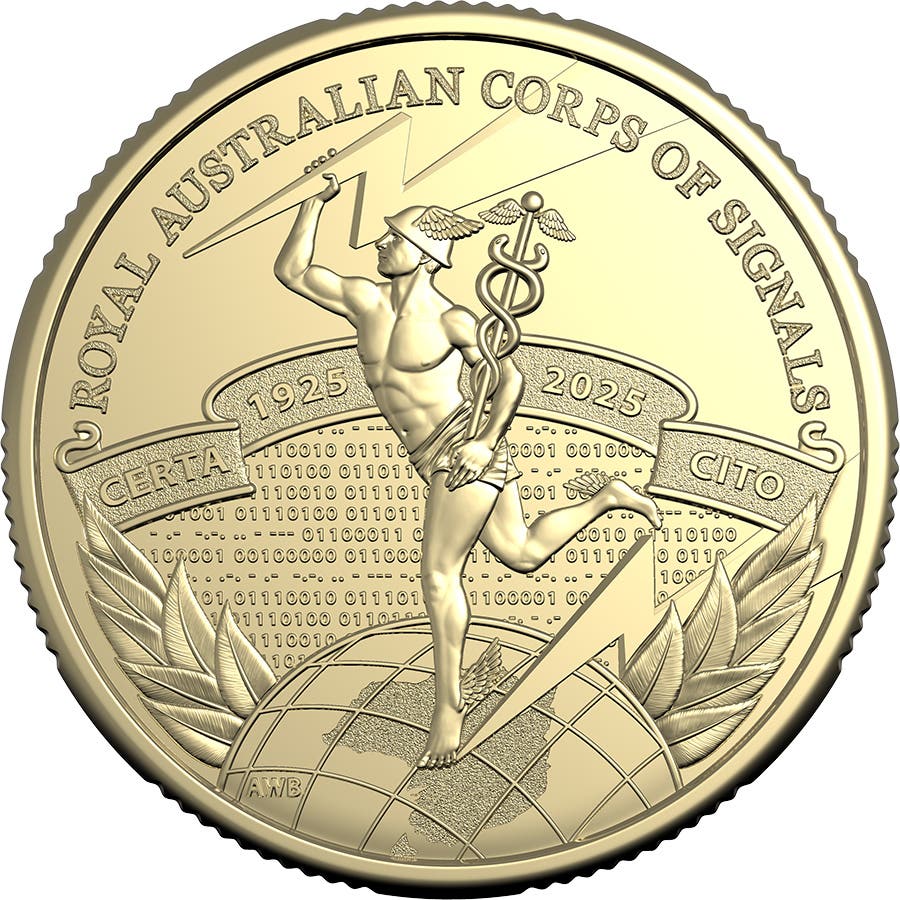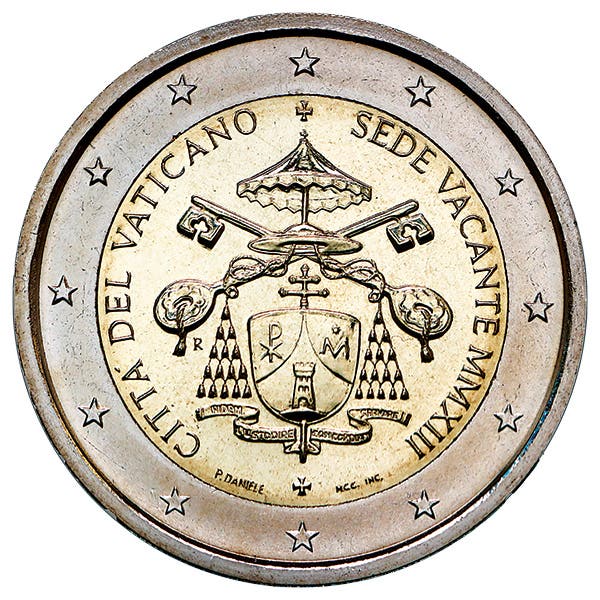Coin Collecting is Changing
Both the business and hobby of coins are both changing. Coin collecting simply isn’t your grandfather’s collecting anymore. Fortunately for the future, the hobby and the business are changing with…
Both the business and hobby of coins are both changing. Coin collecting simply isn’t your grandfather’s collecting anymore. Fortunately for the future, the hobby and the business are changing with the times, this being something not all other collectible fields are doing. Two speakers at the recent New York International Numismatic Convention likely didn’t realize that their presentations dovetailed, illustrating not only where the hobby has come from, but where it is going.
On January 13 Dr. Ursula Kampmann presented a talk titled “The Evolution of the German Coin Market after 1970.” Kampmann is the director of CoinsWeekly.com.
Kampmann’s presentation was meant to follow the evolution of the market for coins in Germany throughout the past century, but much of what she spoke of is also true of what has been happening to the balance of the market worldwide. In her presentation Kampmann followed the technological changes that have been adopted by the market for selling coins. She also illustrated the increasing co-operation among rather than competition between coin dealers.
During the mid-20th century, it was not unusual for coin collectors to do business with one or two coin dealers, who in turn guarded the names of these clients. Collectors often visited retail coin stores for their collecting needs. The expansion of the coin show changed this, with an exchange between a growing number of collectors with a growing number of dealers. At this time anyone who purchased coins by mail did so from fixed price lists that were seldom illustrated.
As coin shows became more popular so did the number of numismatic auctions. Auction catalogs were increasingly illustrated and well described. In time dealers began to work together. Kampmann gave the example of Triton auctions, which were conducted by three companies working together; and The New York Sale consisting of Münzen und Medaillen, Italo Vecchi, and Baldwin’s.
Today collectors can make acquisitions safely using the Internet, in some cases being able to scan multiple auctions at once when seeking a particular coin. Kampmann said it was Sixbid who had this idea very early. All others since are good but imitate Sixbid.
Sixbids offers the opportunity to view and bid on lots from many of the large numismatic auction houses. Numisbids.com offers a similar platform.
Kampmann explained how large non-numismatic companies have been expanding into the hobby, using the acquisition of Numismatic Guaranty Corporation and its parent company Certified Collectibles Group by Blackstone Incorporated and acquisition of Collectors Universe Incorporated by Nat Turner and others as examples.
Kampmann also reviewed the transition from hard copy publishing to online information being made available to coin collectors. She cautioned there is need to keep collectors engaged in coin collecting since collectors don’t stop collecting. Collectors will continue to collect—something. She also addressed the expansion of the hobby in fearful economic times, and that this will come and go in cycles.
On January 14 David Vagi, Director of NGC Ancients, gave a presentation titled “NGC Ancients: Behind the Label” in which he addressed NGC’s certification and encapsulation services for ancient coins. Vagi was aware encapsulation and certification of ancient coins is a controversial subject among collectors, many of whom want their coins to remain “raw” rather than be encapsulated.
While Vagi’s focus was to explain the information provided on the description label on the encapsulation housing an ancient coin it was some of the side issues were brought forward by the audience during the question-and-answer session that received more attention.
Encapsulating coins, according to Vagi, can be important. In his experience, Vagi as seen a specific coin that when he first observed it was Gem Mint State, but when he examined the same coin about a year later it was no longer Gem Mint State due to handling during auction lot viewing. Vagi said he is increasingly seeing wear and damage on what were formerly Uncirculated coins. Encapsulating such coins would protect them. Vagi didn’t mention it but encapsulating a coin for its protection from wear and damage is something needing to be addressed universally. This ties in directly to the evolution of coin collecting talk presented earlier by Kampmann.
Vagi pointed out that in his opinion not all ancient coins need to be encapsulated. He also noted that some bulk submissions are for coins that are to be identified but have not been submitted to be graded. The evaluation of the strike and surface of each coin can be misunderstood to be negative factors, when on any hand struck coin this is meant to measure the appearance, not to point out that the coin isn’t perfect.
Ancient coins were not produced consistently as are modern coins. The term “brushed” appearing on a coin label likewise remains controversial since NGC does not use this term to indicate there is a problem with a coin, but to describe it accurately. Brushed, strike, and surface are meant to give more complete information. Unlike modern coins there is no ancient coin that will score perfectly when these areas are assigned a numeral rating.
NGC also records provenance where possible since collectors like to preserve pedigrees and there is concern that some foreign countries may consider ancient coins part of their cultural patrimony.








